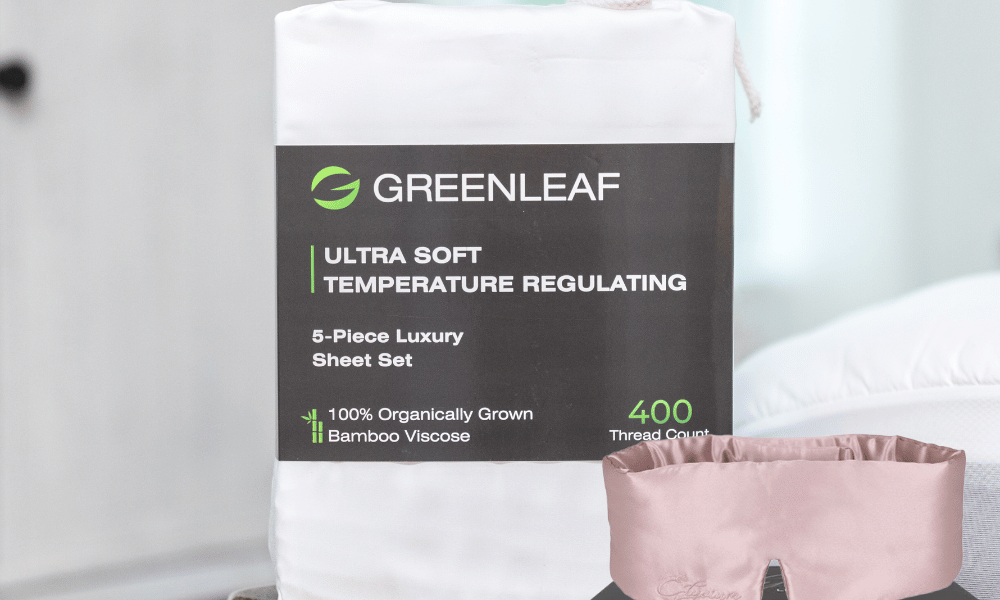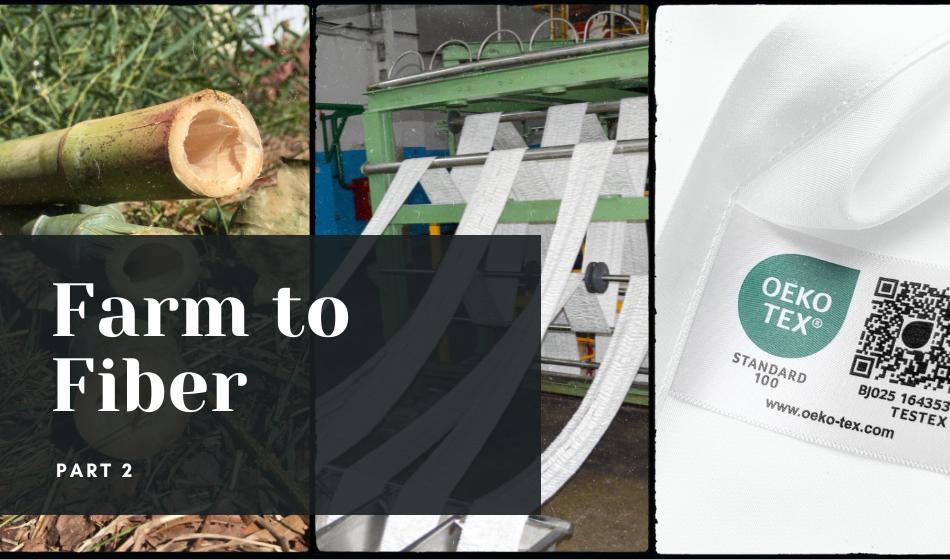How Greenleaf Bamboo Sheets are Made | Part 1: Harvesting Bamboo

In today's environmentally conscious era, living sustainably does not mean we need to forgo luxury.
At least when it comes to bedding.
Enter bamboo sheets.
In this, the first article in our blog series about the production of Greenleaf's organic bamboo sheet sets, let's explore the journey from raw materials to the certified comfort of Greenleaf's final product, Earth's comfiest sheets.
Let's start with a few interesting bamboo facts. (They will be useful later.)
- Bamboo actually it is not a tree at all. It is a type of grass!
- Bamboo is a family of fast growing plants consisting of over 1400 species. Some gowing up to 4 feet (122cm) per day
- The species used in the production of Greenleaf's bamboo fibers is a hearty and particularly fibrous variety. (This helps with thread production)
- Bamboo forests are fabulous at managing heat, cooling down the surrounding air by over 14 degrees Fahrenheit (8 degrees Celsius).
Harvesting Bamboo: From Farm to Fabric
One of the key aspects that sets Greenleaf's organic bamboo sheet sets apart is the sustainable and eco-friendly harvesting process. Greenleaf bamboo, sourced from Forest Stewardship Council (FSC) certified farms, plays a pivotal role in preserving ecosystems and promoting responsible forestry practices.
The organically grown mature bamboo stalks are cut above the ground. This minimizes soil disturbance and allows the bamboo roots to remain healthy and sprout new stalks quickly. (Remember it is a grass.)
FSC certification ensures that bamboo is harvested in a manner that maintains the integrity of forests and protects biodiversity. This means every bamboo stalk harvested is replaced, ensuring a continuous and sustainable supply without depleting natural resources. It also ensures that the natural heat absorption of the bamboo forest is not jeopardized.
Unlike traditional logging methods that involve clear-cutting and can lead to deforestation, Greenleaf's bamboo harvesting is done selectively. This means that only mature bamboo stalks are harvested while younger ones are left untouched to continue growing. This practice not only preserves the bamboo plant but also helps in maintaining the ecological balance of the surrounding environment and maximizing carbon sequestration.
Bamboo's remarkable growth rate makes it an excellent carbon sequester. It has been reported that bamboo can absorb up to four times more carbon dioxide than other types of trees, making it a powerful ally in the fight against climate change. By choosing Greenleaf bamboo sourced from FSC farms, you contribute to our carbon sequestration efforts and support sustainable forestry practices that benefit the planet.
In summary, harvesting bamboo from FSC certified farms not only ensures responsible forestry practices but also supports carbon sequestration and environmental conservation efforts. Greenleaf's sustainable approach to bamboo harvesting aligns with our environmental values and contributes to a greener and healthier planet for future generations.
In Part 2, we will discuss the transformation process from bamboo trees into bamboo fiber.

- Tags: Farming FSC Organic Bamboo Sheets






